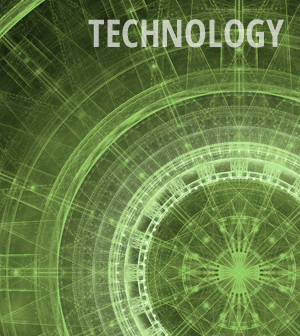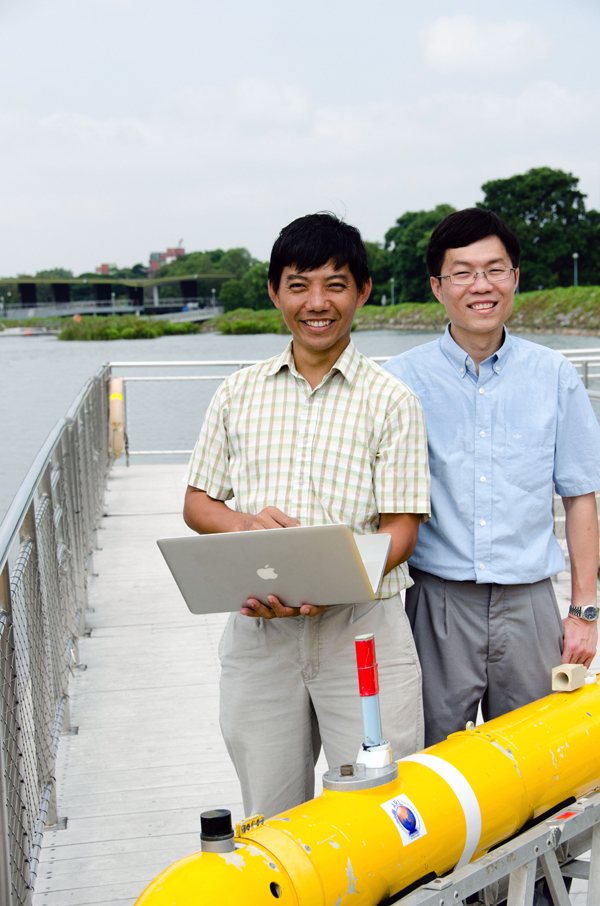New sensor monitors multiple water contaminants in real time

Researchers with MIT and the Singapore National Research Foundation have collaborated to build a sensor that can detect water contaminants in real time.
The sensor can be deployed as a standalone unit or mounted on other platforms, like autonomous underwater vehicles. One of its creators says the technology may one day be adapted for use in deployable water chemistry labs and could help scientists working in pollution cleanup operations. It’s called the LEDIF, which stands for “LED-induced fluorescence,” its method of detection.
“It can detect anything that either fluoresces, absorbs light or scatters light,” said Harold Hemond, professor of engineering at MIT.
Some substances that he has tried measuring include algal pigments, rhodamine dye or hydrocarbons. Success tracking those has depended on their concentrations, and Hemond says background interference can also inhibit the sensor’s ability to detect.
Considering how many substances interact with light in water, the sensor has quite a range. But, at a given time, detection is limited to six measurements.
The capabilities of the sensor aren’t cheap — and one unit costs just less than $20,000. Compared to similar sensors, however, the price is about $10,000 lower.
“The design (of the LEDIF) is kept relatively simple and is based as much as possible on commercial, off-the-shelf components,” said Hemond.

Koay Teong Beng, research associate at Tropical Marine Science Institute (left), and Kelvin Ng Chee-Loon, research scientist at Singapore-MIT Alliance for Research and Technology Center for Environmental Sensing and Modeling (right), launch the LEDIF within an autonomous underwater vehicle. (Credit: Singapore-MIT Alliance for Research and Technology)
Each LEDIF incorporates components that track fluorescence, light absorption or scattering. Hemond says onboard tech combines an optical flow cell with different light sources that cover UV and visible light. These are strapped to custom circuit boards and the whole package is housed in aluminum. LEDIFs can detect contaminants in just 10 milliliters, or about two teaspoons, of water.
A LEDIF can be used for longer deployments in stationary locations, but “it is particularly suited to AUV (autonomous underwater vehicle) applications,” said Hemond.
His hopes for the sensor go beyond AUVs, which are fairly common these days. Hemond would like to one day develop a compact, fully capable water chemistry lab that can be deployed robotically.
The type of knowledge that such a sensing platform could yield would provide insights into fundamental processes of aquatic and marine waters, and would be, as Hemond says, “invaluable both for designing strategies to limit and clean up pollution.”




0 comments